
It recoiled, hissed and bared its teeth at Washington Post photographer Matt McClain, who had prepared the outdoor backdrop at the Smithsonian Conservation Biology Institute in rural Virginia this month.
As the photographer moved in with his camera, the seven-pound carnivore, born October 16, reared up and spat. McClain jumped but continued taking pictures. And during the course of a 20-minute session, he captured the majestic cub in the photo presented here.
It is one in a series of portraits McClain set out to make of animals born this year at the Smithsonian's biology institute and its National Zoo.
Of course, the zoo's giant panda cub, Bei Bei, born August 22, was the most famous of the newborns. This week, TV cameras and photographers swarmed around the cub during its four-day media debut in the giant panda house.
But overlooked amid Bei Bei's arrival was the advent of, among other creatures, a long-whiskered, long-tailed porcupine named Charlotte.
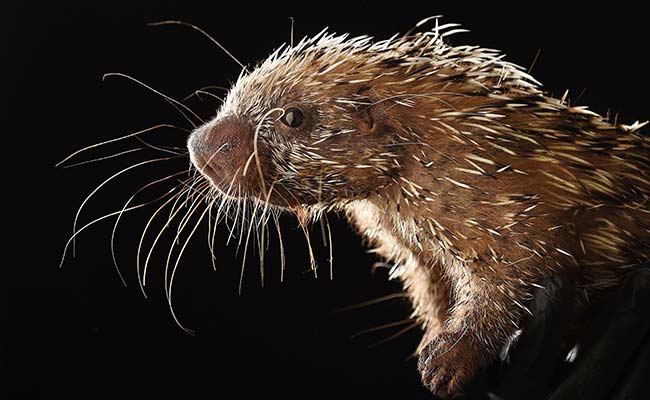
A baby porcupine is called a porcupette.
Photo Credit: Matt McClain/The Washington Post
Her premature birth October 5 was beset with problems, and she needed a feeding tube, for a time, to be kept alive. She's fine now and portrayed here. Her keeper says her giant nose feels like a marshmallow.
Last spring came the lively red pandas Lizzie, Smitty and Hoppy, whose mother had terminal bone cancer and was euthanized days after they were born. The cubs were bottle-fed by keepers. As shown here is the dignified Hoppy, a male.
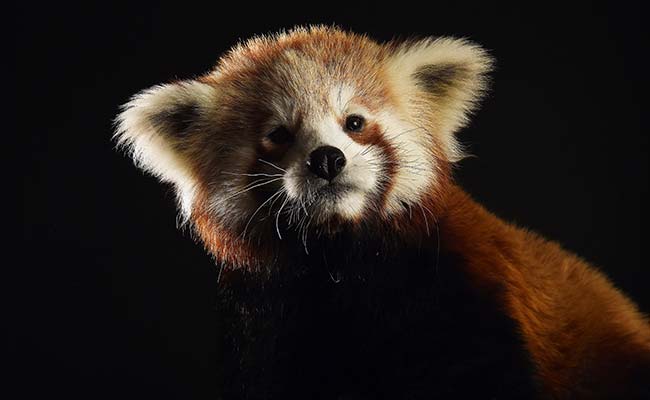
This red panda cub is one of three siblings born in the spring.
Photo Credit: Matt McClain/The Washington Post
There also were spider tortoise twins, and a false water cobra, which has fangs in the back of its mouth. It has to chew on its victim to inject its venom, which can be painful to people but usually not fatal.

Photo Credit: Matt McClain/The Washington Post
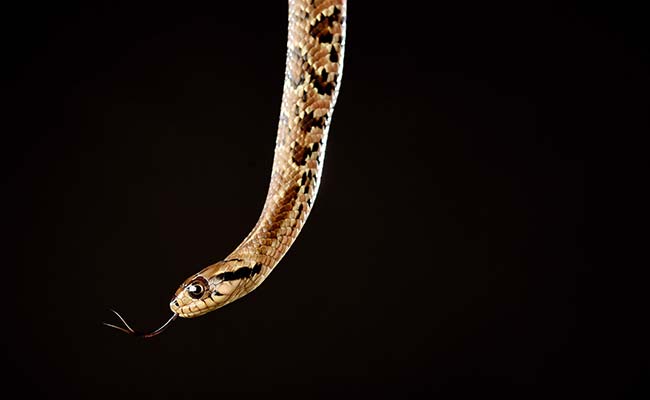
Photo Credit: Matt McClain/The Washington Post
The tiny Madagascar hedgehogs called tenrecs were born August 31. Harmless-looking, they kept gnawing on the fingers of zoo biologist Kenton Kerns, who brought them out to be photographed.
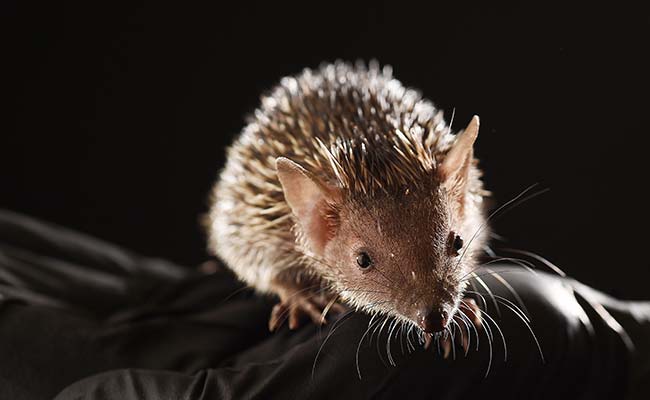
This tenrec, a small Madagascar hedgehog, was intent on gnawing on its handlers hand.
Photo Credit: Matt McClain/The Washington Post
Hatched on August 8 was an aggressive but critically endangered Cuban crocodile - a predator in miniature with big, green eyes and a mouth full of translucent teeth. Cuban crocs are among the most ferocious of their kind. The baby is being fed bugs, for now. Later it will get rabbits, mice or rats.

Cuban crocodiles are facing extinction, but this hatchling was born August 8.
Photo Credit: Matt McClain/The Washington Post
And April brought a somber-looking New Caledonia giant gecko, which could reach a foot in length when full grown, huge as geckos go. In the wild, these geckos live in trees on islands in the Southwest Pacific. They are known to bark to ward off danger.
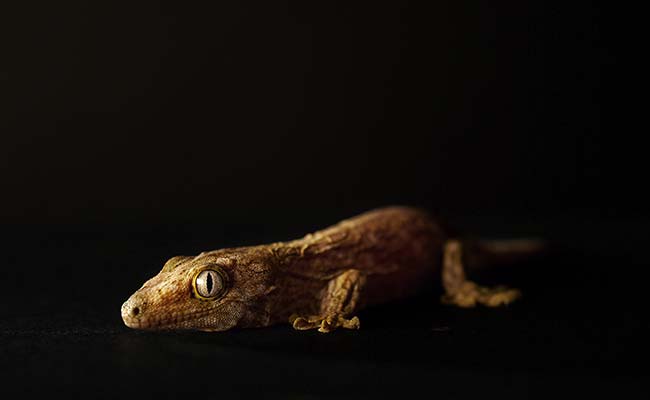
A New Caledonian gecko is about 3 inches long at birth, but can grow to about a foot.
Photo Credit: Matt McClain/The Washington Post
"Each animal that's born has its own story," said Paul Marinari, a senior curator at the biology institute.
And most unfold outside the zoo's giant panda house.
Track Latest News Live on NDTV.com and get news updates from India and around the world

